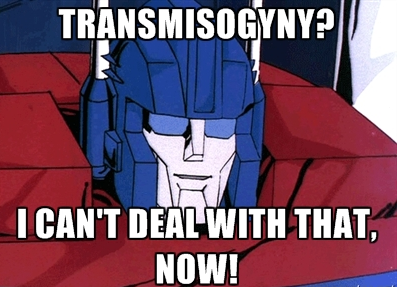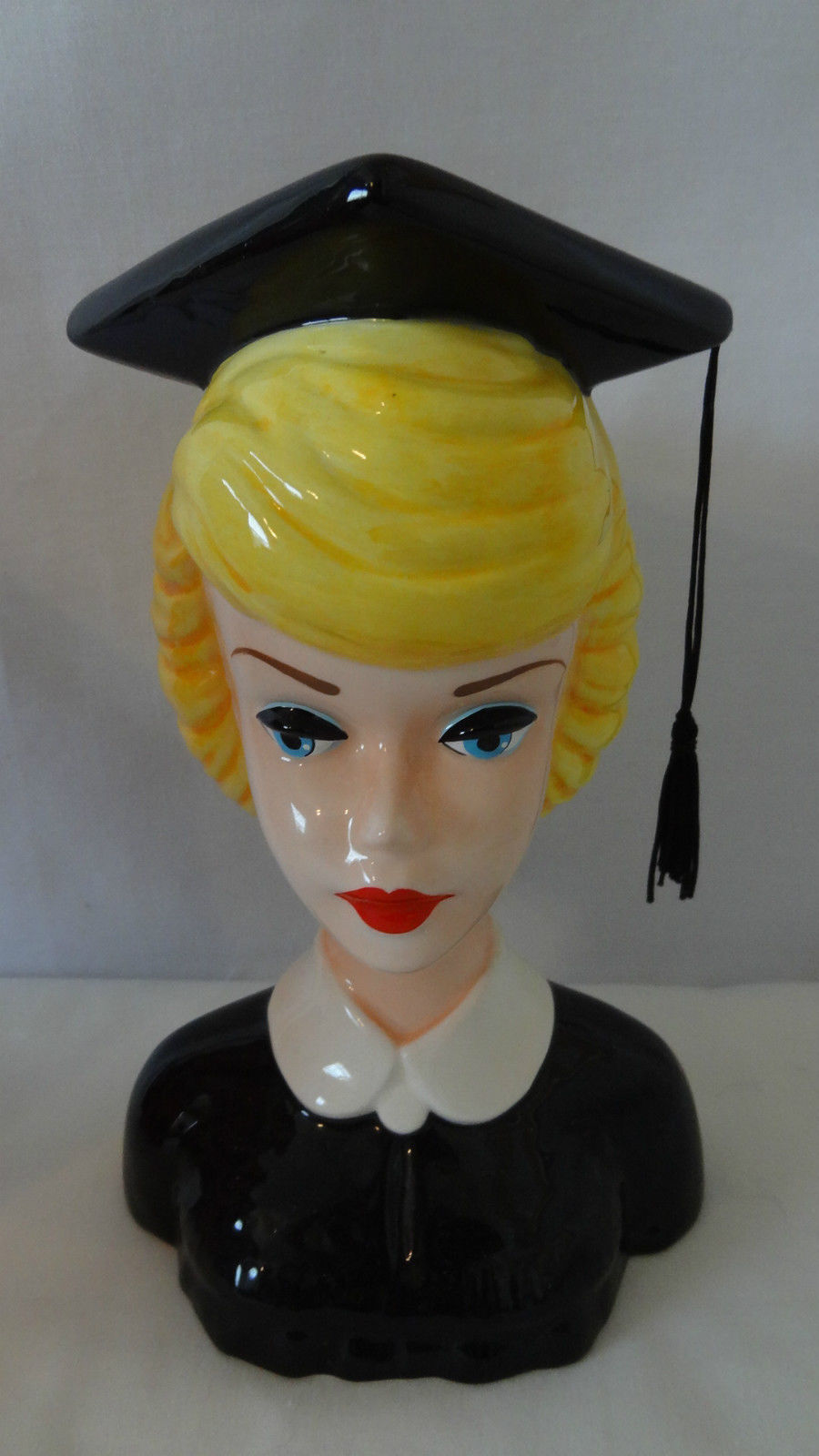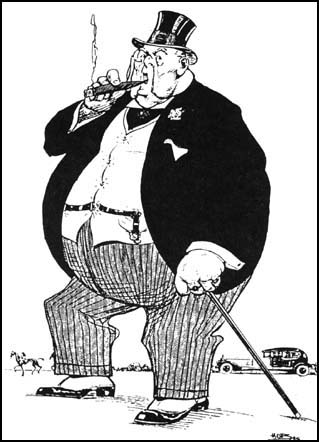The illusion of “common sense” and its alleged empirical certainties is one of the the most steadfast means by which we collectively propagate whore stigma. As a recent example, critics lampoon Imtiaz Ali’s short film, Indian Tomorrow, for portraying an economically savvy sex worker. “Prostitutes who rattle off sensex [India’s stock market] figures during sex,”… Continue reading Both A Mother And A Whore
Category: This Time, It’s Personal
The Tedium of Trans Sex Work
As a trans woman doing full-service sex work, I’ve found that my work provides sharp and unrelenting insight into how men sexualize and fetishize trans women. This phenomenon isn’t unique to trans women in sex work, of course. But these attitudes define my experience of the industry in profoundly different ways to those of non-trans… Continue reading The Tedium of Trans Sex Work
Social Media, Zola, and the Sex Worker Horror Story
By now, you’ve probably heard the story of Zola and her fabled strip trip to Florida with her new friend, Jess. If you haven’t, the story was told in a series of dramatic tweets by Zola, AKA twitter user _zolarmoon. In it, she spins a story that’s so intense and absurd that it’s hard to believe.… Continue reading Social Media, Zola, and the Sex Worker Horror Story
The Price of Knowledge: Discrimination Against Sex Workers In Academia
This essay is based on research interviews I conducted with current and former sex workers who are undergraduate or graduate students at universities across the globe. Their names and other identifying information have been changed. I am subject to the capricious whims of my patriarch, a pimp of sorts, the man who decides the parameters… Continue reading The Price of Knowledge: Discrimination Against Sex Workers In Academia
On Performing Capitalism
I recently had a realization about my work after returning from an international trip with one of my sugar daddies. I was only gone for four days, but I felt like I had just spent a month with one of the worst bosses from one of my straight jobs. I was a ball of stress… Continue reading On Performing Capitalism




